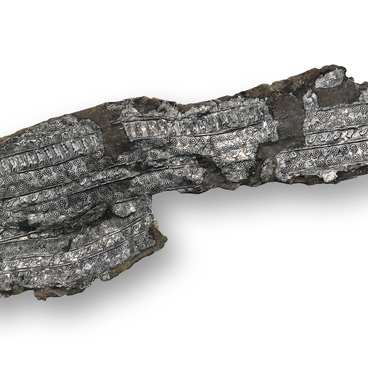Hunting with hounds was a source of inspiration for writers, artists and composers, and played an important role in the life of the aristocracy. Horns were used to give signals during hunting. Leonid Pavlovich Sabaneyev recorded the sounds produced by hunters using the horn in his “Hunter’s Calendar” of 1885. Among the signals, the famous Russian zoologist, naturalist and hunter singled out “gathering”, “hounds launch”, “fox”, “wolf”, “call” and others.
The horn is a mouthpiece wind instrument. It is the most ancient signaling instrument, along with the drum. There were three varieties of the horn: hunting, shepherd and martial. The hunting instrument was actively used in the Middle Ages in Europe.
These hunting implements were made of animal horn, wood, sea shells, and metal. The pieces made of ivory or tusk were highly praised and were usually characterized by expensive decoration. Gold and silver were used for decoration too. Hunting horns were often made to look like a twisted copper, brass or other metal tube. They had a bell on one end and a removable mouthpiece on the other.
The first brass instruments — bugle and French horn — were created on the basis of the hunting horn. Jean-Baptiste Lully, a French composer, violinist and conductor of the 17th century, introduced the hunting horn into the music orchestra, which most likely marked the beginning of European hunting music.
In the 18th century, an orchestra was created in Russia that consisted of hunting horns of different lengths. This happened in 1751 thanks to the efforts of the Czech Kapellmeister and musician Jan Antonin Maresh, who acted on behalf of the State Marshal, Lieutenant General Semyon Kirillovich Naryshkin.
Later, such instruments
were used by sailors, postal workers, and railroad workers — the professionals
that needed to give signals for notification. Gradually, the horn’s sound
signals were replaced by modern means of communication, but the instruments
were still produced, particularly for orchestras. The exhibit from the museum’s
collection was made in the second half of the 20th century at a German factory.



